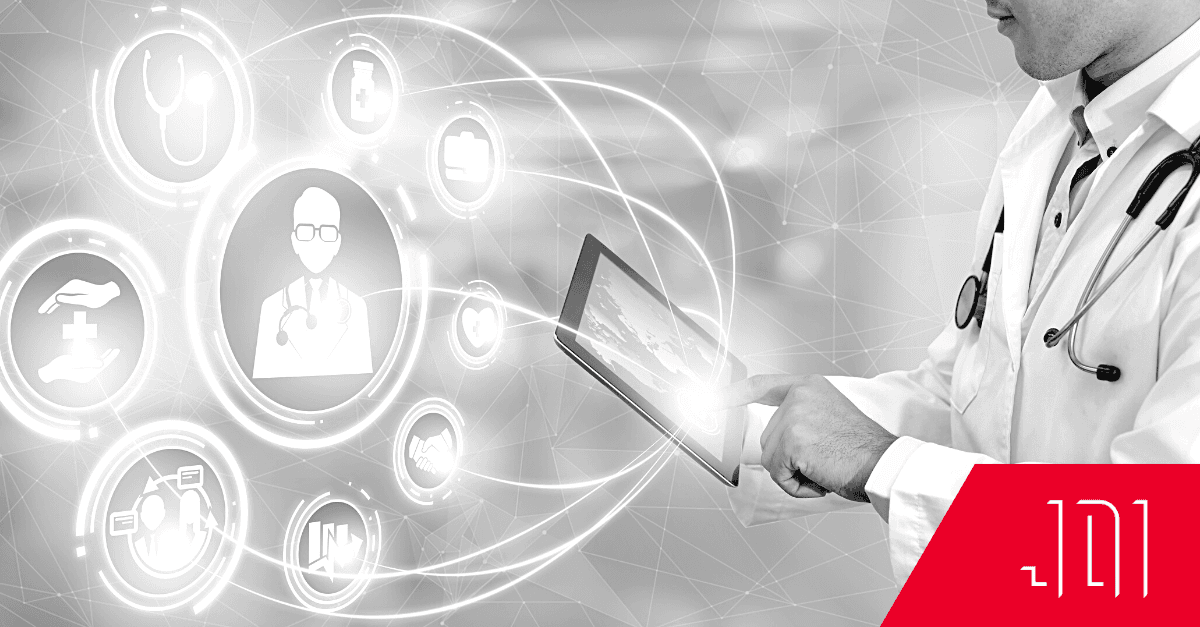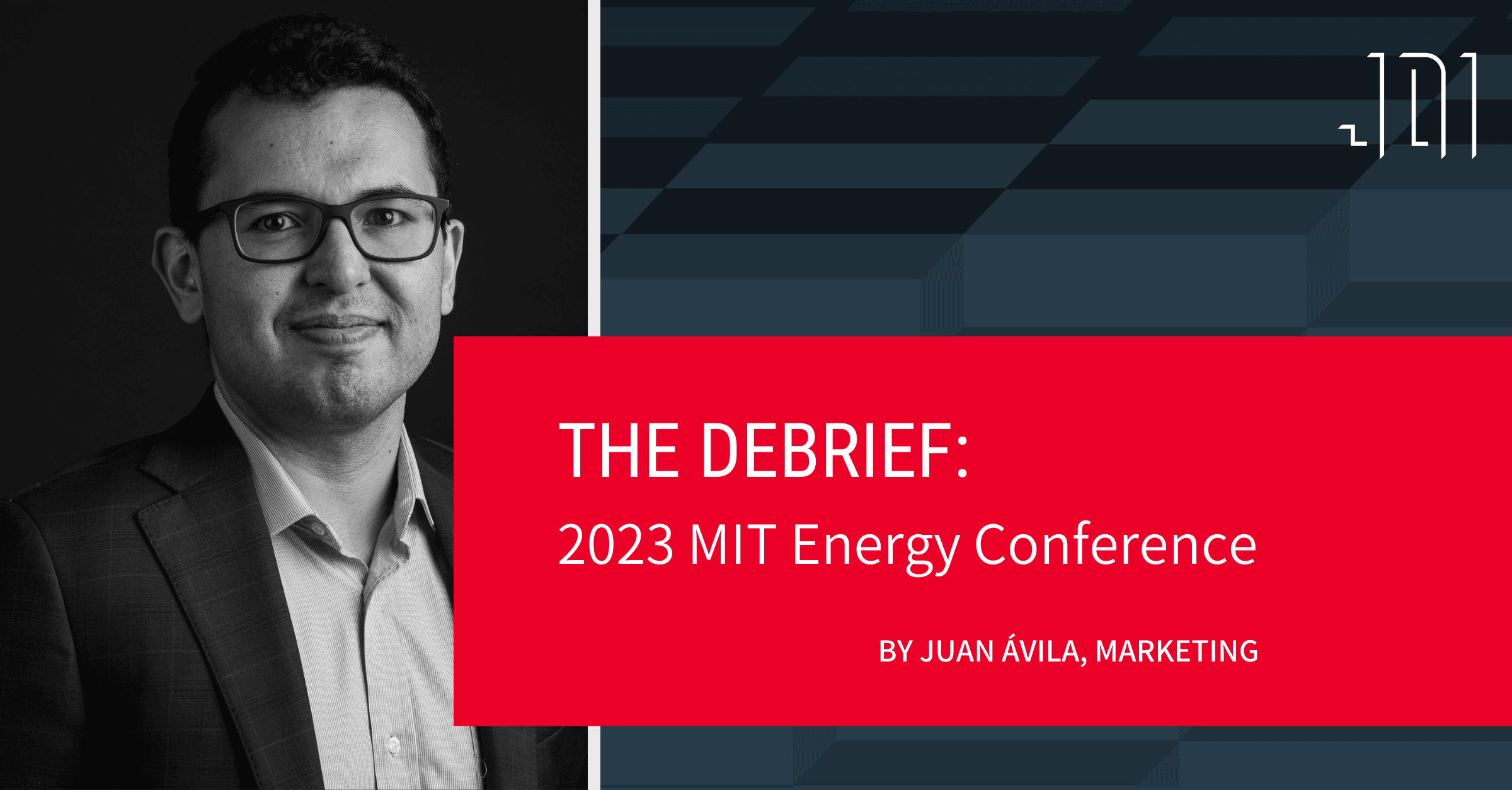Generative AI May Be The Key to a More Human Healthcare Industry
Microsoft recently expanded their partnership with major electronic health vendor Epic to integrate Microsoft’s Azure OpenAI Service into Epic’s Electronic Health Record (EHR) software.
According to their announcement, the integration would rely on generative AI-powered tools for “increasing productivity and enhancing patient care.” According to the companies, they are already implementing tools that help automatically draft message responses to patients at UC San Diego Health, UW Health and Stanford Health Care.
What should come as no surprise, generative AI is being deployed to automate written correspondence. Does Epic truly believe that automated emails and increased productivity are going to enhance patient care? ‘Increased productivity’ is typically a coded phrase meant to shield companies from fears surrounding automation and eliminating workers.
Stop me if you’ve heard the following: this will eliminate time spent on monotonous tasks to give you time back for what truly matters. What ultimately ends up happening is that workers have to do even more work in the same hours per day.
The last thing I want to do is peddle fear about the coming wave of generative AI. I’m not a technophobe. As with any technology that has the potential to do some terrible things, I also believe that it has incredible potential to make things better. But what exactly is better? Pumping out patient emails misses the mark on what generative AI is capable of, and what the healthcare industry needs.
I’ll give credit where it's due: Microsoft is mostly right in their thesis that generative AI can enhance and supplement jobs within the healthcare field. While they came up short here, it is possible that they can pivot and apply generative AI to help improve access to care and health education for underserved communities. The real world-changing possibilities come when it is used with a patient-first approach.
It’s Really Bad Out There
Health care costs rank as one of the top financial worries and is a significant burden on U.S families. At least 50% of adults in the US report that health care is difficult to afford. A report published by Kaiser Health and NPR estimate that 100 million Americans are carrying some form of medical debt. We sort of intuitively know that healthcare needs fixing. It’s more expensive than ever before and frankly, more confusing.
There is often a disconnect between patient expectations and the gross profitability of the healthcare system. Patients come to healthcare providers seeking care and services to alleviate pain, suffering, or confusion about their own bodies. In an ideal world, they would receive individualized attention, comprehensive evaluations, and effective treatments.
However, in today's healthcare system, patients are often pushed through as quickly as possible to maximize profits. Not to mention, there’s a massive physician shortage across all specialties. The Association of American Medical Colleges estimates that by 2034, we will need anywhere between 37,800 and 124,000 physicians to prevent a public health crisis.
All of this has resulted in rushed appointments, limited time with caregivers, and a lack of personalized attention, leaving patients feeling unsatisfied and potentially exacerbating their conditions. According to a Medical Care study published in 2021, primary care physicians only have the capacity to spend an average of 18 minutes with their patients.
Because insurance relies on a formula that calculates—this is not a joke—relative value units, doctors are limited in the time they can spend with their patients. With doctors keeping one eye on the clock and one eye on their patient, no wonder people feel like they’re on a fast food assembly line rather than being cared for.
Meanwhile, healthcare providers experience their own crunch. A study conducted by the University of Chicago found that primary care physicians needed 26.7 hours per day to see an average number of patients while following national recommendation guidelines for preventive care, chronic disease care and acute care.
There are literally not enough hours in the day to provide the baseline of care that patients require.
In the end, we’re left with a circular blame-game where everybody points the finger at somebody else. Pharmaceutical manufacturers are accused by politicians, while health insurers and pharmacy benefit managers (PBMs) are blamed by these manufacturers. Meanwhile, doctors are frustrated with the regulations and protocols enforced by payers and health system administrators.
All the while, profits keep going up and patients are the ones paying the price.
Generative AI Can Make Healthcare More Human
Regardless of a patient’s age, generative AI has the potential to significantly impact the lives of those in long-term care. One area where it could be particularly useful is patient education – both for those suffering from a long-term or chronic illness, or their loved ones aiding in the process. With the help of AI-powered chatbots, patients could receive personalized information about their conditions and treatments, as well as guidance on how to manage their symptoms. This would not only empower patients to take an active role in their care, but it would also reduce their dependence on healthcare providers throughout the system.
Patient education not only leads to better outcomes but also higher satisfaction with the organizations that provide it. Giving patients access to information 24/7, in a quick and discreet way, about their medical conditions goes well beyond a pamphlet or a hasty description in a cold examination room. Instead, patients get what they were looking for in the first place: peace of mind and a sense of normalcy.
Machine learning can be utilized to diagnose patients from imaging data from an x-ray or MRI, but AI chatbots could certainly help pull their weight in the triage process. For example, it could determine whether a patient needs to be put in touch with a doctor, make an appointment, or go to the emergency room. This could help to streamline the healthcare system and reduce wait times for patients who need urgent care.
Generative AI can also reduce the direct dependency of patients on the healthcare system. For those who frequently engage with the healthcare system, AI-powered monitoring devices could help to detect early warning signs of complications, and provide immediate guidance for its users – before their conditions worsen.
With generative AI, patients can feel more empowered in their own care. Armed with deeper knowledge of their own ailment, they take back some of the decision-making power. This would not only improve patient outcomes and happiness, but it would also reduce the burden on healthcare providers and systems.
We are at an important moment—our national healthcare system is in crisis, and yet we have a breakthrough technology with so much promise and potential. Technological innovations often arrive with the promise of disruption and improving our lives. You don’t have to look far— whether it is virtual reality, augmented reality, or blockchain—to find hype for technology that far exceeds any real benefit.
AI might just break that mold. The struggle, however, is figuring out how to use them in ways that solve real problems, not just the first thing that comes to mind. As generative AI continues to evolve and improve, it is important for healthcare providers and policymakers to work together to ensure technologies are deployed with equal accessibility as a primary focus.From patient education to triaging to reducing dependency on the healthcare system to improving quality of life, there are many areas where AI could have a high impact.
While there are still many challenges to be overcome—especially as it relates to reducing bias in AI models—the potential benefits of generative AI in healthcare are significant. Moments like this are rare, and we have an opportunity to leverage truly breakthrough technology to make things better. We’ll be wasting it if we resort to the same patterns we always do.





